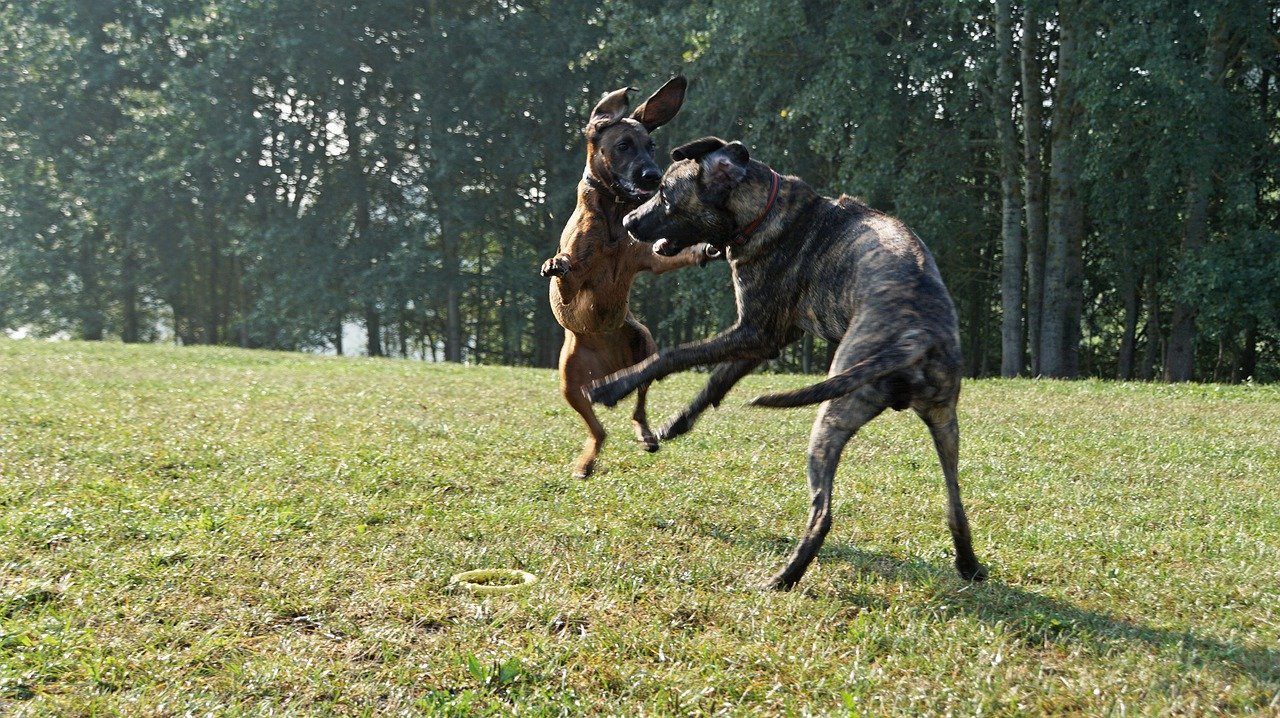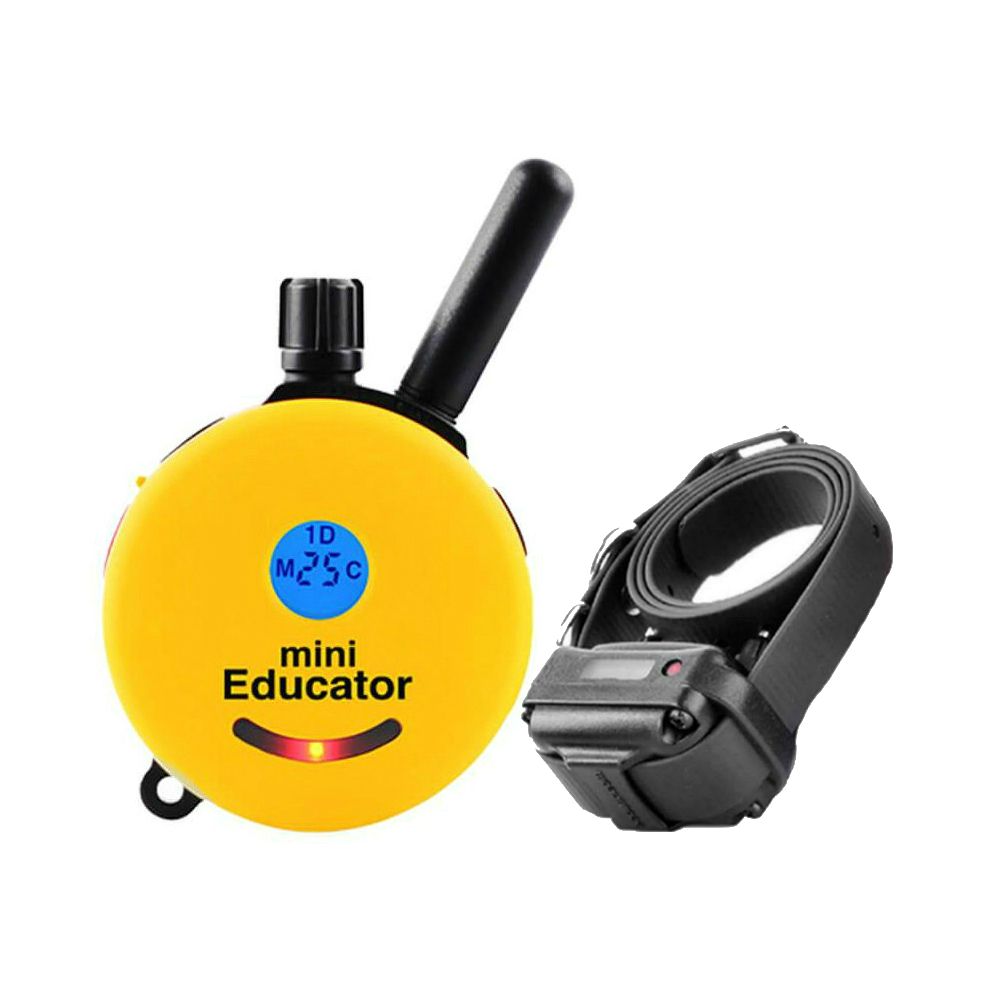Jumping up is largely accepted as a natural behavior for dogs. Pups jump up to reach their dam’s mouth. In the wild wolf pups are fed by regurgitation, and some canine behavioral experts believe that this is the root of the jumping up behavior.
Although this may explain where the behavior stems from, we have to look a little closer at our own human role in the behavior. Jumping up behavior in adult dogs may also be something we inadvertently teach our dogs to do when they are pups.
When a new pup is brought into our home, he bonds with us and sees us as his leader. We’ll usually clap and call his name, encouraging him to come to us.
When he obeys, we celebrate with attention that usually ends with him jumping into our arms or with us picking him up. In this way, the pup learns that jumping up is a way to get affection and attention. As he grows up, though, we no longer want him jumping all over us or anyone else.
When considering how to correct problem behaviors like jumping up, you need to consider your individual dog’s temperament before deciding on the best method for addressing this unwanted behavior. You should always try the simplest method first.
Stop Your Dog Jumping Before it Becomes a Habit
If you can nip the behavior in the bud while he’s still a pup, it will be much easier than trying to correct a behavior that’s already developed. The simplest method is to teach your pup an incompatible behavior such as “sit”. Train him to come and sit on recall. When he comes and sits, praise him lavishly and/or give him a treat. Most young dogs learn quickly with this method.
If it’s too late for that, or if your dog jumps at other times such as when greeting guests, at feeding time or when he’s about to go for a walk, you can try turning away and ignoring him. When he begins jumping, turn your body away so he can’t make contact. Give the “sit” command and then praise him when he complies.

Choke or Pinch Collars
Some trainers use a choke chain or pinch collar that tightens around the dog’s neck when you make a correction with a short, sharp yank on the leash.
There are issues, however, with using these devices. Some dogs will just pull against them, essentially eliminating the opportunity for effective correction. They have also been known to cause physical damage to the dog’s esophagus and/or spine. Because of these issues, pinch and choke collars have fallen out of favor with most trainers.
Using Electronic Collars to Stop Jumping
Finally, there is an electronic shock collar (e-collar). This type of collar is meant to startle your dog and comes with a handheld remote that sends a perfectly timed, mild electric static stimulation to a receiver-collar worn on your dog’s neck.
They have become regarded by many vets and professional trainers as one of the most effective, safe and humane ways of correcting problem behaviors. Today’s e-collars are equipped with as many as 127 intensity levels allowing you to perfectly fine-tune the correction level to your small or large dog’s specific temperament.
The first rule of e-collars is to properly introduce your dog to the collar. Like people, dogs have different levels of sensitivity so the next thing that you’ll need to do is to find the lowest stimulation level that your dog responds to (gets his attention).
Once you set the correct stimulation level you’ll choose the continuous function on your handheld remote. This function will produce an ongoing static correction until you disengage the button with an 8 to 10 second auto shut-off as a safety feature. This is the preferred method for training to solve behavioral problems.
We, at K9 Electronics, promote the Tapping method:
- When your dog begins the unwanted behavior, in this case, jumping up, turn to one side to deflect the jump and begin to tap on the button until the dog stops making contact with you.
- If he doesn’t respond right away or needs repeated lessons, you may need to increase the stimulation level. He’ll likely learn very quickly that, in order to stop the annoying tapping pulse, he needs to stop jumping up on people. This method can also answer the question of how to stop a dog from jumping up on strangers, kitchen counters, tables and furniture.
- Next, you’ll want to teach your dog not to jump up on others. For this, you’ll need to enlist a friend or family member to help. Start outdoors with both a flat collar attached to a long lead and the e-collar in place.
- As your helper approaches, give the sit command and begin tapping on the button until he sits. Do this a few times each session, and do a couple of sessions every day. After a few days, if not before, your dog will learn not to jump up on people.
E-collars are a sure-fire way to solve behavior problems quickly and safely. For adult dogs that don’t respond to other methods, the electronic collar can be the most effective method to teach your dog not to jump up on you or other people. E-collars are not a recommended choice for puppies under 6 months and should never be used to punish your pet indiscriminately.
Electronic collars come with a multitude of features including tone and/or vibration settings for warning your dog that a correction will follow if he doesn’t cease his current behavior. These features also allow for training skittish, sensitive and even deaf dogs.
If you’re ready to try one of these awesome training aids for 30 days, risk-free, head over to our collection. If you’re not completely satisfied, or your dog isn’t trained to stop jumping up on you or your guests in 30 days or less, we’ll refund 100% of your money and even pay return shipping… no questions asked.




Subscribeto get the latest dog training articles, latest offers & news.
You have Successfully Subscribed!